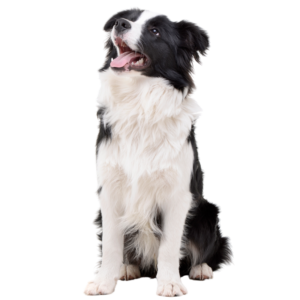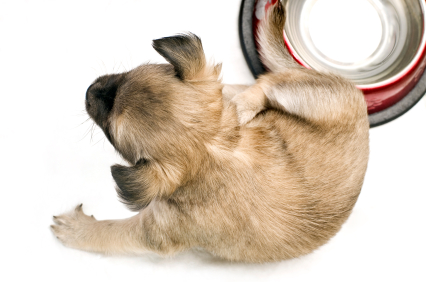An allergy is an inflammatory response to an allergen. These can be anything from food, natural and synthetic fibers, dander, weed, grass, or tree pollen, insects, mold spores; to the normal bacteria and yeast that live on your pets skin naturally. Typically, it takes simultaneous exposures to multiple allergens to tip the scales from simple irritation, to full out allergic reaction causing pruritus (extreme itchiness). So, by avoiding and removing the bulk of allergens from your pet’s environment, you can greatly reduce symptoms, improve comfort, and possibly reduce the amount of medications they require. The following are a few guides to “Allergy Proof” your home.
Annual
- Make your home a non-smoking environment
- Check the foundation of your home for gaps, cracks, and leaks and have these sealed to prevent mold and mildew.
- Replace carpet in the home with wood, tile or linoleum flooring. If this is not possible, have the carpets professionally cleaned to sanitize and remove allergens.
- Have air ducts professionally cleaned at least once a year.
- Check your home inside and out for mold growth, if necessary consult a mold removal service.
Semi-Annual
- Check windows and doors for gaps and leaks and have sealed. Keep windows closed on windy or humid days.
- Check insulation for wear and replace if necessary
- Inspect all faucets, pipes, and bathtubs for leaks and seal immediately.
- Treat foundation of your home with fungicidal spray.
- Clean your mattress thoroughly and if possible, encase with an ‘allergy cover’.
- Inspect the connections of the washer and dryer for leaks and ensure that the dryer is venting to the outside.
Monthly
- Check and clean filters on air conditioning, heating, and air purifier units.
- Prune branches of trees and shrubs away from the home to prevent mold growth.
Weekly
- Dust thoroughly using a static cloth or dust spray. Allow dust to settle for 20 minutes before vacuuming.
- Vacuum thoroughly, using a vacuum with a filter size of 5 microns or less to trap dust mites, mold spores and pollen. Change filter frequently and never re-use.
- Clean the de-humidifier filer and collections chamber with 10% bleach solution.
- Wash all bedding and stuffed toys in hot water. Never line dry outside. Store washed materials immediately to avoid dust contamination.
- Avoid mowing the lawns during peak pollen production times (early morning and evening)
- Remove garbage weekly, wash bins, and spray with insecticide.
- Clean any visible mold in the bathroom and kitchen with 10% bleach.
- Bathe your pet at least once a week to remove dust and pollens. Use a hypoallergenic shampoo (if possible, with a coat conditioner) if none was specified by your veterinarian.
Daily
- Run exhaust fans while showering and cooking to reduce humidity.
- Remove water from dehumidifier collection chambers.
- Wash your pet’s paws when they come in from outdoors to remove dust and pollens.
I realize it may be difficult to believe that all this work will make a difference; but from personal experience I know that it does: I’m a vet and am allergic to cats and dogs (I know hilarious right?). If I don’t shower after a shift, I’ll wake up with itchy swollen eyes, soft palate, and hives. Just the simple act of removing the allergens from my skin (daily) helps with 95% of my symptoms!



